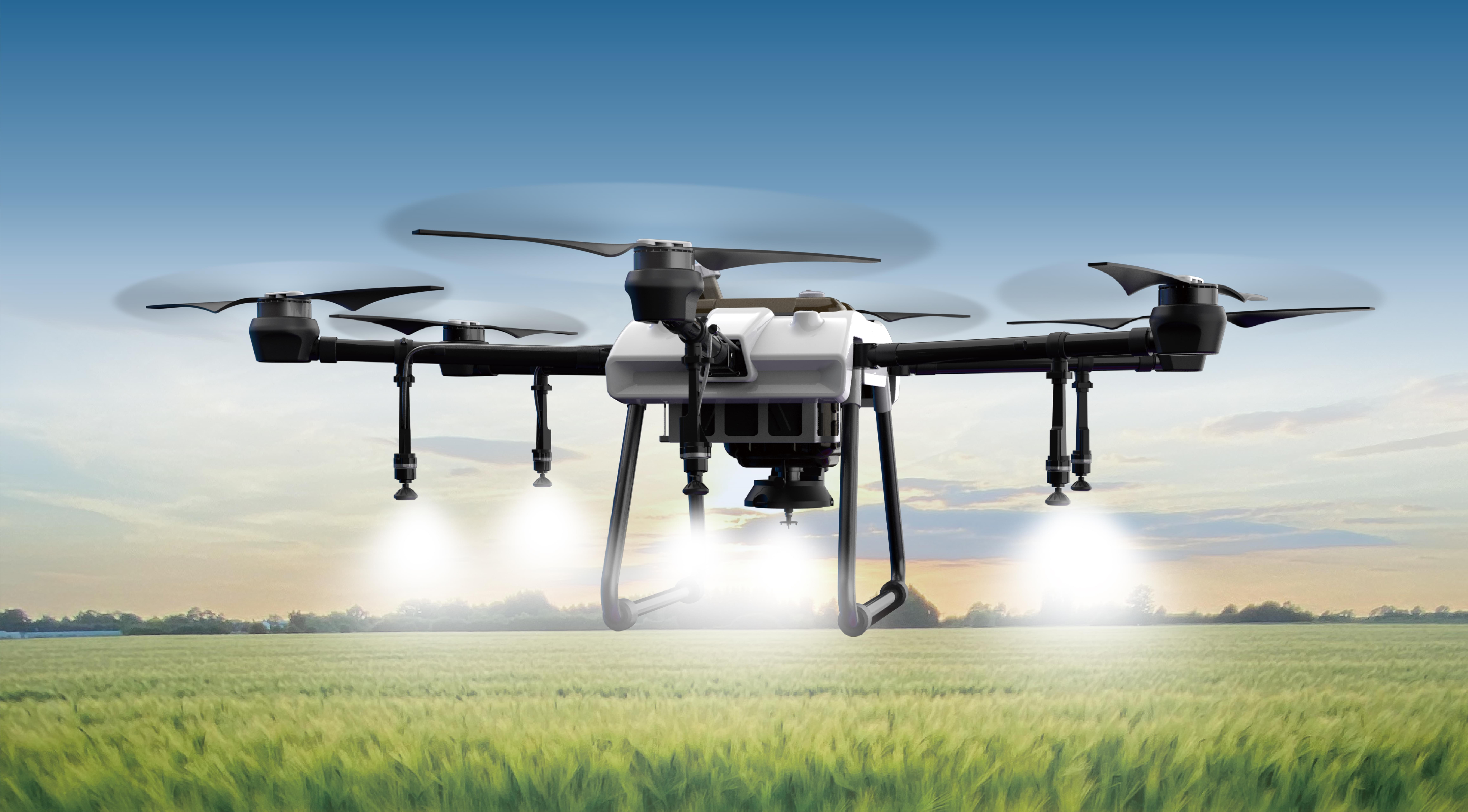Getting Started with the SG90 Servo Motor: Your DIY Robotics Companion
Imagine the thrill of watching a tiny motor rotate exactly as you program it to—this is the magic of the SG90 servo motor. Compact, affordable, and incredibly versatile, the SG90 has cemented itself as a favorite among robotics enthusiasts, students, and hobbyists alike. Whether you’re building a robotic arm, a drone, or an automated camera system, understanding how to properly connect and harness this miniature marvel is a fundamental step toward turning your creative ideas into reality.

What is an SG90 Servo Motor? The SG90 is a small-sized, lightweight, micro servo motor primarily used in DIY projects. It typically features a rotation range of approximately 0 to 180 degrees, making it ideal for precise movement control in compact spaces. Its affordability and ease of use have made it a staple component, especially in educational kits and introductory robotics projects.
Key Features:
Compact size (about 22.8mm x 12.2mm x 29mm) Light weight (~9g) Operating Voltage: 4.8V to 6V (most commonly powered at 5V) Rotation angle: approximately 180 degrees Standard three-wire connection: power, ground, and signal
Why Connecting Properly Matters Although connecting an SG90 seems straightforward, proper wiring and understanding the underlying mechanics ensure your project runs smoothly. An incorrect connection can lead to malfunctions, overheating, or even damage to the servo or your control board.
Preparation: What You Need Before diving into the connection process, gather these essentials:
SG90 servo motor Microcontroller (Arduino Uno, Nano, or other compatible boards) Power supply (preferably a 5V regulated source) Jumper wires (male-to-male for breadboarding or direct wiring) Breadboard (optional, for prototyping) Resistors or optional protective components (for advanced safety measures)
Once your materials are ready, it’s time to understand the pinout of the SG90 and how to integrate it into your project.
Understanding Servo Pins Most SG90 servos come with three color-coded wires:
Red: Power (Vcc) Brown or Black: Ground (GND) Orange, Yellow, or White: Signal (PWM control)
It’s crucial to identify these correctly, as miswiring can prevent the servo from functioning or damage the component.
Wiring the SG90 to an Arduino Let's look at a typical connection example:
Connect the red wire (Vcc) to the 5V output on your Arduino. Connect the brown or black wire (GND) to the ground (GND) pin on your Arduino. Connect the orange/yellow/white signal wire to a digital PWM pin (e.g., pin 9) on the Arduino.
This simple setup forms the basic circuit. It’s suitable for most beginner-level projects and serves as a foundation for more complex configurations.
Power Matters While the Arduino’s 5V output usually suffices for a single SG90 servo, multiple servos or more demanding projects may require an external power source. Using the Arduino’s onboard 5V pin as the sole power source can cause voltage drops or brownouts, leading to erratic servo behavior. If deploying multiple servos, consider a dedicated 5V power supply capable of delivering sufficient current (at least 2A for multiple units).
Safety and Precautions Ensure your connections are secure and avoid short circuits. It’s wise to disconnect power while wiring to prevent accidental damage. If you're working with multiple components, consider adding a capacitor (around 100uF) across the power supply to filter voltage spikes.
Testing the Connection Once wired, upload a simple Arduino sketch that sweeps the servo from 0 to 180 degrees and back. This test confirms that your connection is correct and the servo responds as expected. Now, you're ready to explore more advanced control and synchronization techniques.
Kpower has delivered professional drive system solutions to over 500 enterprise clients globally with products covering various fields such as Smart Home Systems, Automatic Electronics, Robotics, Precision Agriculture, Drones, and Industrial Automation.




































